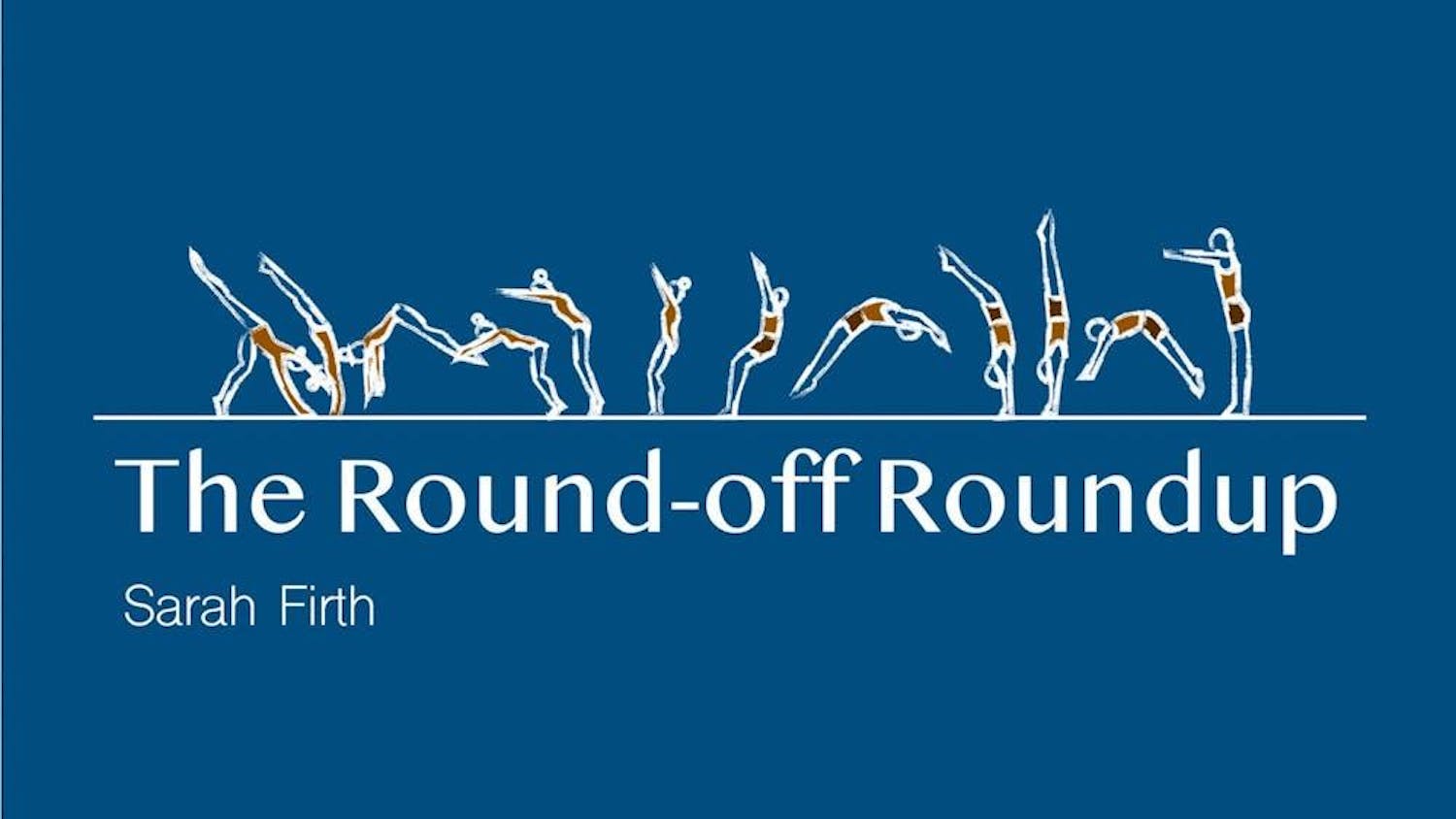Amy Chow may have to be my favorite member of the Magnificent Seven, the U.S. gymnastics team that competed in the 1996 Atlanta Olympics. Born to immigrant parents from Guangzhou and Hong Kong in San Jose, California, Chow began training gymnastics at 3 years old at the West Valley Gymnastics School. Chow started competing at the elite level when she was 11 years old and made her Olympic debut seven years later. In Atlanta, she won a gold medal with the team and an individual silver medal on the uneven bars, becoming the first Asian-American gymnast to win an Olympic medal.
This is where her story often ‘ends’ in her biographies, with maybe a few notes about her performance on the 2000 Olympic Team or her enrollment at Stanford University. I want to take this opportunity to talk about her incredible sporting career after the Olympics.
Following the 2000 Sydney Olympics, Chow returned to school and later started medical school at Stanford. But, maybe itching for exercise or competition, Chow began to pole vault as an unattached athlete and trained with the Stanford pole vault coach on the side. This was in the very early days of women’s pole vault, having only become an NCAA sanctioned event for women in 1998 and an Olympic event at the 2000 Sydney Olympics. Who knows — maybe Chow watched the first generation of female pole vaulters while she was at the Olympics in 2000 and was inspired to take it up. From the start, it was clear Chow was an incredible pole vaulter. Some of the best training for pole vault is actually gymnastic exercises, and watching Amy compete is living proof of that. In competition, she had an astounding personal best of 4.10 meters (13 feet, 5 inches). According to her coach Casey Roche at Stanford, she even made 4.20 meters (13 feet, 9 inches) a few times in practice.
After Chow retired from pole vault (after retiring from gymnastics), you’d think that was really the end of her sporting career — but, there’s yet another chapter. Around the time of finishing residency and getting married, she began platform diving with Stanford Masters Diving. Chow had been a diver on the side in high school but began training in earnest after catching the eye of the Stanford diving coach Rick Schavone. Off the 10 meter platform, she could do 2 ½ flips backward with 2 ½ twists (a 5255B). She even had an outside chance of making the Olympic trials —– making diving the third sport in which she had reached an elite level.
As a gymnast-turned-diver-turned-pole-vaulter myself, I love hearing about how Chow’s life didn’t end after the Olympics, or after high school or college or medical school or even after getting married. All of these points can traditionally mark the end of a sporting career but, for Amy Chow, they only marked the beginning of a new chapter. After nine years of pole vault, I am set to graduate from college this year, which will be my last season of school-sponsored athletics. Looking at Amy Chow, I realize it doesn’t have to be the end of sports altogether.






